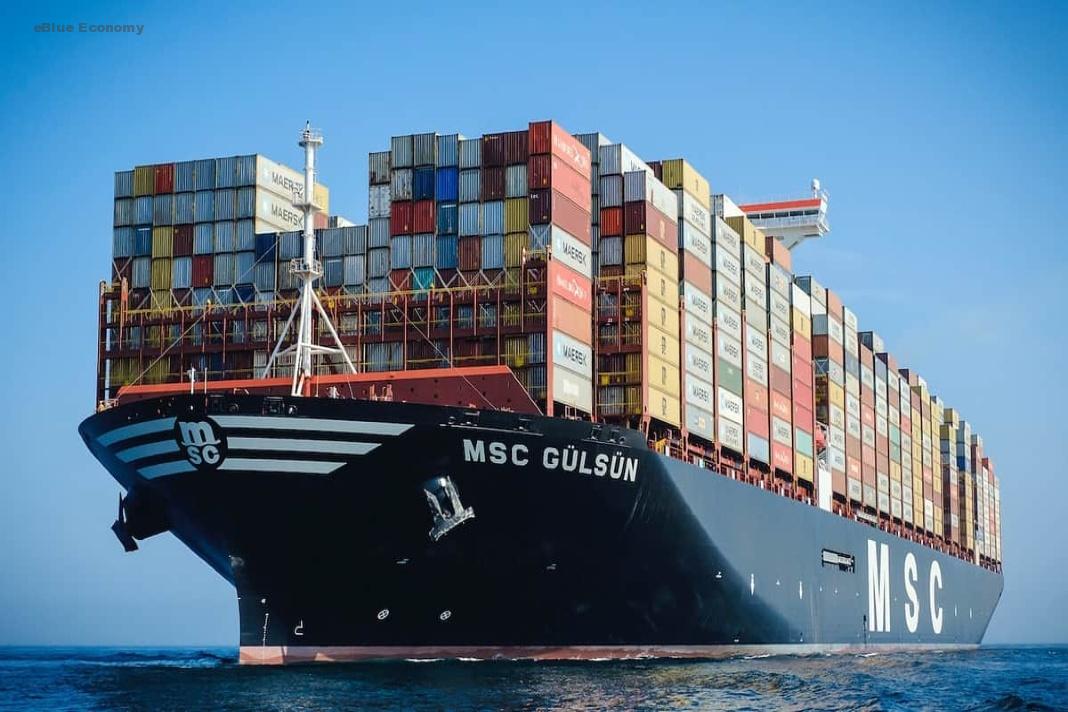Oslo, Norway – It’s been another bumper month for long-term contracted ocean freight rates, as the cost of securing container shipments climbed by 10.1% in June. Following on the heels of a record 30.1% hike in May, this now means rates stand 169.8% higher than this time last year, with just two months of declines in the last 18 months.
Despite a degree of macro-economic uncertainty clouding the horizon, all major trades saw prices moving up, with some corridors showing significant gains.
Oslo-based Xeneta has released the figures, drawn from its Xeneta Shipping Index (XSI®) Public Indices for the contract market, which crowd-sources and aggregates real-time data from the world’s leading shippers to deliver market insights. Those insights, notes Xeneta CEO Patrik Berglund, continue to confound commentators.
A question of sustainability
“Rates developments that would have been front-page news a few years ago are in danger of becoming the norm in a market environment that is historically hot,” he states. “After last month’s colossal rise, we see another hike of 10%, pushing cargo owners to the limits, while the carriers fill their pockets. Again, we have to question, is this sustainable? And the signs are gathering that, well, it might not be.”
Berglund points to falling spot rates – that may increasingly tempt shippers away from traditional contracts – in addition to looming industrial action in ports (in Europe and, potentially, the US) that could further damage schedule reliability only just recovering from recent congestion and COVID-induced disruption.
In addition, there’s the fact that the US has signed into law the Ocean Shipping Reform Act, designed to stop shipping companies from profiteering, and the looming shadow of widespread inflation that may impact consumer demand and slow economic activity.

Frayed relationships
“The carriers have had it all ‘their own way’ for the last 18 months or so,” Berglund comments, “but will they now be studying this wide array of factors with some concern?
Not while rates continue to rise, but the relationship between their community, shippers, and, to some extent, other key society stakeholders has been damaged by disruption, poor quality services (in terms of reliability), and runaway rates increases.
“We’ve already seen some cargo owners looking to distance themselves from traditional carriers and, for example, charter their own vessels, and you have to ask what will happen next?
Will shippers continue to pay sky-high contracted rates in an atmosphere of declining demand, inflation, geopolitical uncertainty, disruption, and the ongoing threat of COVID restrictions? Something, one feels, has to give.”

The only way is up
For the time being, however, the rates arrows continue to point skywards across the board. According to June’s XSI®, which maps developments across all significant trade corridors, import and export benchmarks showed universal growth.
European imports index continued their recent climb, rising 13.7% to stand 163.4% higher than the equivalent period last year. The regional export index jumped by 6.2% and is now 148.2% up year-on-year. Similar signs were seen for Far East imports and exports, with the former rising 5% (up 62.5% against June 21) and the latter jumping 11.6%. The export benchmark is now a mighty 200.6% up year-on-year.
This performance was mirrored by the US import figure, which climbed 8.6% over the month to stand at 203.2% against last June. Growth in exports was more modest, with a 0.3% rise taking the index 41.7% up year-on-year.
“As we enter another period of turmoil, shippers will transform themselves into risk-averse buyers. Top of mind for them will be which trades they will procure on the spot market and which on the contract market, and their duration. They will aim to strike the best possible balance between both markets depending on their own business needs,” surmizes Berglund.

Stay tuned
He concludes: “The carriers are acutely aware of how their strategies have paid dividends, and won’t want to relinquish this position of power in contract negotiations. But at the same time, they, like the shippers, cannot control the macro-factors that dictate the wider economy.
The complexity of the situation makes it difficult to forecast how this will develop, but, one thing’s for certain, develop it will. Stay tuned to the latest market intelligence to give you the understanding of your business needs.”
To get the full XSI® Public Indices report for the long-term market, please visit: https://www.xeneta.com/xsi-public-indices
About Xeneta
Xeneta is the leading ocean and air freight rate benchmarking and market intelligence platform transforming the shipping and logistics industry.
Xeneta’s powerful reporting and analytics platform provide liner-shipping stakeholders the data they need to understand current and historical market behaviour – reporting live on market average and low/high movements for both short and long-term contracts.
Xeneta’s data is comprised of over 300 million contracted container and air freight rates and covers over 160,000 global trade routes. Xeneta is a privately held company with headquarters in Oslo, Norway, and regional offices in New York and Hamburg.
Xeneta’s XSI® is compiled from the latest crowd-sourced ocean freight rate data aggregated worldwide. Companies participating in the benchmarking and market analytics platform include names such as ABB, Electrolux, Continental, Unilever, Nestle, L’Oréal, Thyssenkrupp, Volvo Group, and John Deere, amongst others.














